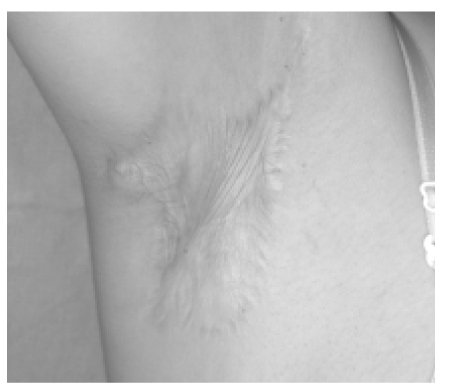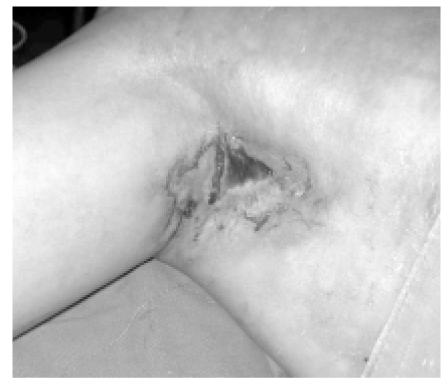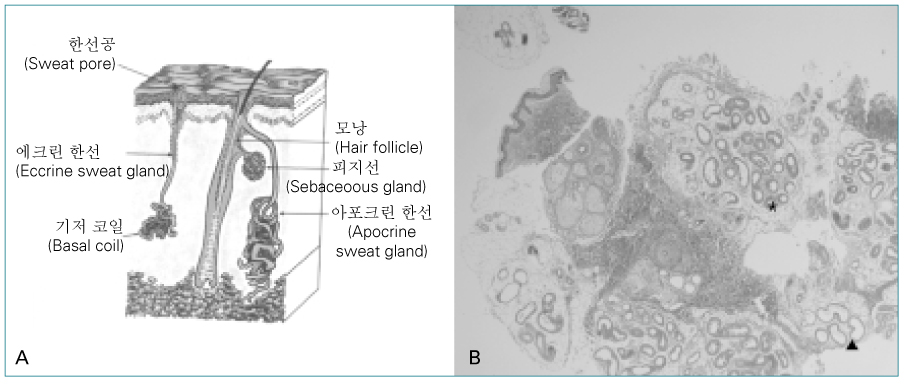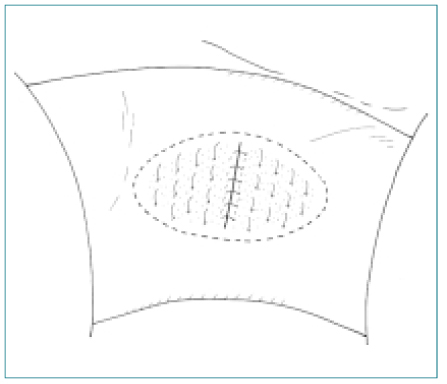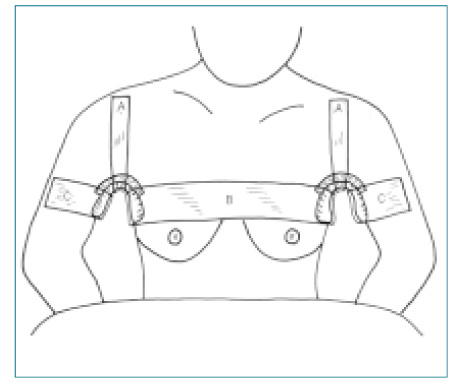 |
 |
- Search
| J Korean Med Assoc > Volume 48(7); 2005 > Article |
Abstract
Axillary osmidrosis, also referred to as bromhidrosis, is a condition of excess, abnormal, or strong acrid body odor that typically manifests itself after puberty with the enlargement of apocrine glands. This condition often causes the affected to avoid social settings and personal relationships particularly throughout puberty and into adult life. The surgical objectives for treating axillary osmidrosis are to eliminate malodor and postoperative recurrence, to reduce significant complications such as hematoma and skin flap necrosis causing scarring, to decrease the recovery time, and to reduce the surgical scars. In order to meet the objectives, I recommend to use three surgical methods such as subdermal shaving method with scissors, liposuction & curettage method, and curettage and dermal shaving with manual and electric bone rasp. The subdermal shaving method demands the surgeon to execute meticulous hemostasis in the central axilla. Quilting sutures should be placed to fixate the skin flap to the axillary base to further prevent hematoma and to shorten recovery time. A relatively simple pressure dressing is removed after a couple of days, which will allow the patients to resume their routine daily life. Liposuction and curettage method is used to remove the apocrine glands in the subcutaneous layer. Apocrine and eccrine glands in the lower dermis are removed by dermal shaving with a manual or electric bone rasp or by a suction assisted cartilage shaver.
References
4. Fan YM, Wa ZH, Li SF, Chen QX. Axillary osmidrosis treated by partial removal of the skin and subcutaneous tissue en bloc and apocrine gland subcision. Dermat Surg 2001;40:714-716.
7. Lee JC, Kuo HW, Chen CH, Juan WH, Hong HS, Yang CH. Treatment of axillary osmidrosis with suction assisted cartilage shaver. Brit J Plast Surg 2005;58:223-227.
- TOOLS
-
METRICS

-
- 1 Crossref
- Scopus
- 1,169 View
- 4 Download
-
Related articles in
J Korean Med Assoc -
Surgical treatment of esophageal cancer2024 February;67(2)
Pharmacological treatment of Ménière disease2023 October;66(10)
Surgical treatment for gastroesophageal reflux disease2022 December;65(12)
Surgical treatment for rotator cuff tears: the way it ought to be2022 November;65(11)
Surgical treatment for metastatic colorectal cancer2022 September;65(9)




